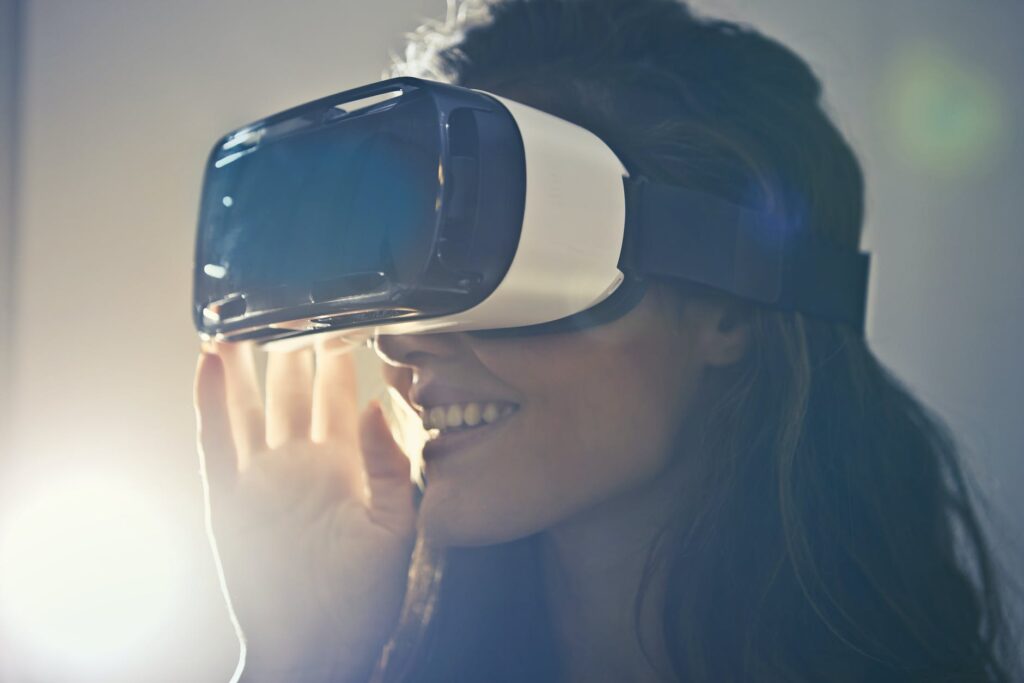
Introduction
Virtual Reality (VR) and Augmented Reality (AR) are rapidly changing the landscape of education and training, providing new and innovative ways for learners to gain knowledge and skills.
Says Dylan Sidoo,In this article, we will explore the role of VR and AR in education and training and their potential to transform the way we learn.
What is Virtual Reality and Augmented Reality?
Virtual Reality is a computer-generated simulation of a three-dimensional environment that can be interacted with in a seemingly real or physical way. Augmented Reality, on the other hand, involves the overlay of digital information on the real world, typically viewed through a device such as a smartphone or tablet. Both VR and AR have the potential to provide immersive and interactive learning experiences, making them an attractive option for education and training.
VR and AR in Education
VR and AR are increasingly being used in education to enhance the learning experience, providing learners with new and engaging ways to learn. For example, VR can be used to create simulations of real-world environments, allowing learners to experience hands-on learning without the need for physical access to equipment or locations. Additionally, AR can be used to enhance traditional learning materials, such as textbooks, providing learners with interactive and immersive experiences.
VR and AR in Training
VR and AR are also being used in training, particularly in fields such as healthcare, manufacturing, and engineering. For example, VR can be used to provide simulated training experiences, allowing learners to practice skills in a safe and controlled environment. AR can also be used in training, allowing learners to see digital information overlaid on the real world, providing context and improving retention.
The Advantages of VR and AR in Education and Training
The use of VR and AR in education and training provides many advantages, including enhanced engagement and motivation, improved retention, and increased accessibility. For example, VR and AR can provide learners with immersive and interactive experiences, making learning more engaging and motivating. Additionally, VR and AR can provide learners with hands-on experience, improving retention and deepening understanding.
The Challenges of VR and AR in Education and Training
While VR and AR have the potential to transform education and training, there are also several challenges that must be addressed. One of the biggest challenges is the cost of VR and AR hardware, which can be prohibitively expensive for some institutions and individuals. Additionally, there is a need for educational content and training programs to be developed and standardized, as well as for teachers and trainers to be trained in the use of VR and AR.
Conclusion
In conclusion, VR and AR are rapidly changing the landscape of education and training, providing new and innovative ways for learners to gain knowledge and skills. While VR and AR have the potential to transform education and training, there are also several challenges that must be addressed. By addressing these challenges, we can ensure that VR and AR continue to play an increasingly important role in education and training, providing learners with engaging and effective learning experiences.